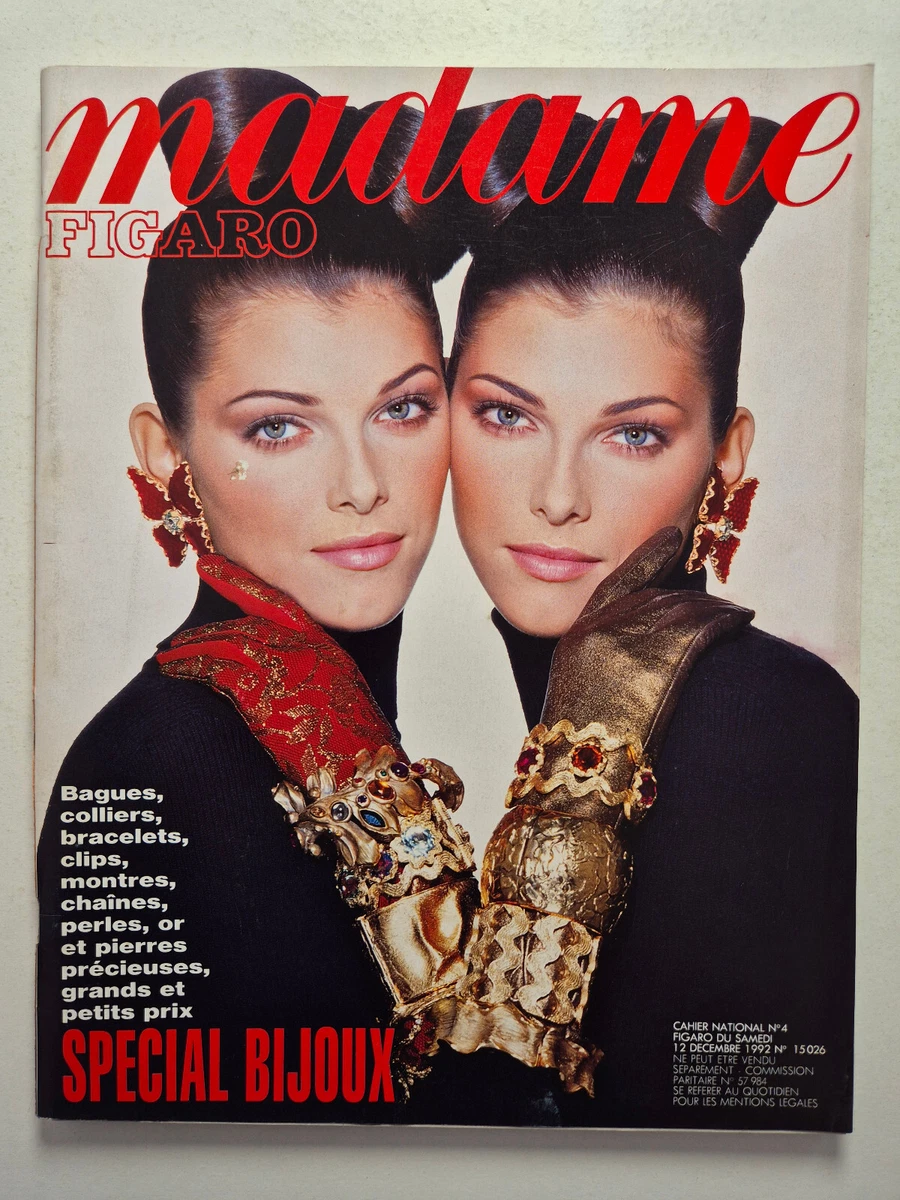In the annals of fashion law, few cases have sparked as much controversy and set as many precedents as the 1994 copyright infringement lawsuit filed by Yves Saint Laurent against Ralph Lauren. This landmark case pitted two fashion giants against each other in a legal battle that would ultimately reshape how the industry views intellectual property protection for clothing designs.
The Case That Rocked the Fashion World
The dispute centered on a black tuxedo dress that Yves Saint Laurent first created in 1966 and reissued for his autumn-winter 1992-1993 haute couture collection [1][5]. The French design house discovered the alleged copy when Ralph Lauren’s version appeared in a fashion editorial in a December 1992 edition of French magazine Jours de France Madame [1].
Pierre Berge, Saint Laurent’s partner, did not mince words when announcing the lawsuit: “It’s one thing to ‘draw inspiration’ from another designer; it’s quite another to rip off a design, line for line, cut for cut, which is what Ralph Lauren did. That’s entirely unacceptable and has to be stopped” [1].
A Ralph Lauren corporate source, who declined to be named, initially described the YSL suit as “off the wall” [1], while the company’s spokeswoman argued that the lawsuit essentially claimed “that no one has the right to make a dress that looks like a tuxedo” [1].
Legal Proceedings and Key Dates
The case unfolded in the Paris commercial court with several key dates marking its progression:
- December 1992: YSL first discovers the alleged copy in French magazine Jours de France Madame [1]
- December 1993: YSL files lawsuit, resulting in seizure and impoundment of remaining Ralph Lauren dresses [5]
- April 11, 1994: Pierre Berge’s controversial comments published in Women’s Wear Daily [3][5]
- April 27, 19941]
- May 18, 1994: Paris commercial court delivers verdict [3][5]
The Designs Under Scrutiny
At the heart of the case were two similar but distinct designs. Yves Saint Laurent’s tuxedo dress featured the house’s signature elegance with specific distinguishing characteristics. The Ralph Lauren version that YSL alleged was a copy was described as a double-breasted tuxedo dress similar to the YSL dress, “but with darker buttons and a narrower lapel” [1].
According to court observations, the Saint Laurent dress was made of different fabric and included pockets, unlike Lauren’s version. The buttons on the YSL dress were gold, while Lauren’s were not, and the YSL design featured wider lapels [3].
The Court’s Ruling and Restitution
On May 18, 1994, the Paris commercial court found Ralph Lauren guilty of “counterfeiting and disloyal competition” [5]. The court imposed significant financial penalties and other sanctions: Category Details Amount Damages Compensation to YSL $178,000 (1 million francs) Sales Penalty For selling 123 tuxedo dresses $178,000 (1 million francs) Lost Income Potential sales loss to YSL $35,715 (200,000 francs) Publication Notices Court ruling announcements $53,570 (300,000 francs) TotalRalph Lauren fines$393,000 (2.2 million francs)
In a surprising twist, the court also fined Pierre Berge $89,295 (500,000 francs) for “denigration” of Lauren’s character based on comments he made in the April 11 issue of WWD [3]. Both parties were ordered to publish apologies [5].
Judge Madelaine Cotelle ruled that the tuxedo dress was “an original creation by the company YSL Couture, of which it is the owner. Thus the tuxedo dress of Ralph Lauren constitutes a counterfeit, for which the defendants are guilty and at fault” [3].
Industry Reaction and Lasting Impact
The fashion world reacted strongly to the verdict, with many recognizing its potential to set important precedents. Berge declared: “This is a great and important victory. It’s the first time that a designer of world renown like Ralph Lauren has been condemned for copying the designs of a fellow designer” [3].
Industry leaders expressed mixed views on the implications:
- Karl Lagerfeld (Chanel): “I’m sure this will produce more court cases. It’s the cheapest way to get money. How many dresses do you think you have to sell before you make $400,000?” [3]
- Jean-Jacques Picart (Christian Lacroix): “This is an important precedent that will help couturiers and designers.” [3]
- Giancarlo Giammetti (Valentino): “This is an important precedent, and we could all become a lot richer or a lot poorer, depending on which side we’re on.” [3]
A Landmark Case for Fashion Copyright
The YSL v. Ralph Lauren case established critical precedents in fashion law, particularly in recognizing clothing designs as protectable intellectual property under French law. As the New York Times reported, the ruling potentially gave fashion “the same sort of copyright protection offered to software and art in America” [5].
Anthony Keats, an outside counsel for Ralph Lauren, acknowledged the wider implications: “It certainly raises a flag for the American apparel industry. What it will say is they need to do some research ahead of time if they’re going to introduce designs which they believe are similar to those they’ve seen in the European markets” [5].
For fashion designers and brands, the case serves as both a cautionary tale about the fine line between inspiration and infringement, and a landmark recognition that original fashion designs deserve legal protection against unauthorized copying.<
The 1994 YSL vs. Ralph Lauren case remains a watershed moment in fashion law, continuing to influence how designers protect their creations and how the industry navigates the complex relationship between inspiration and imitation.


Leave a Reply